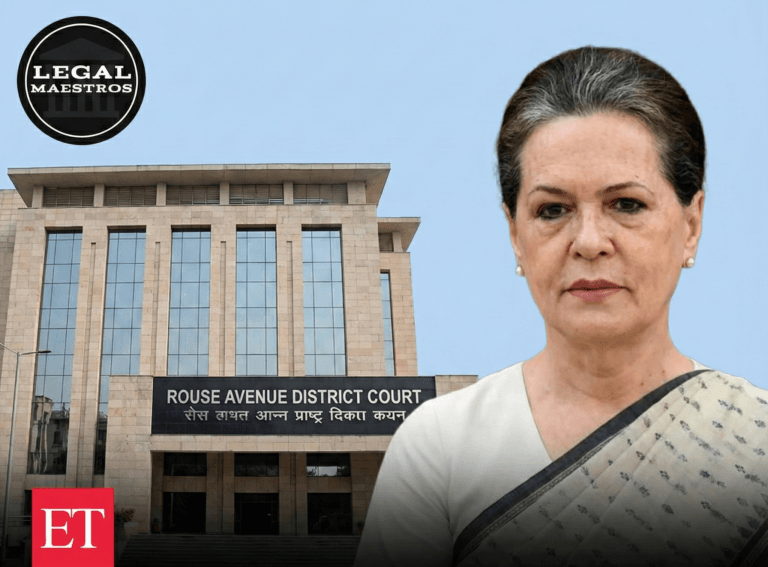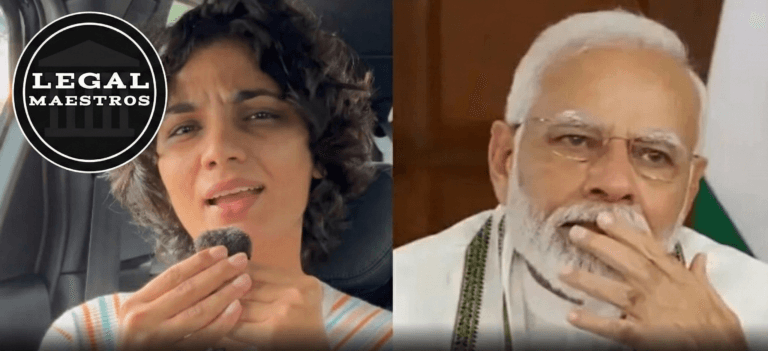
Why Did the Supreme Court Criticize the Uttar Pradesh Government in the Shri Banke Bihari Temple Case?
Introduction
Located in Vrindavan, the Shri Banke Bihari Temple is a popular pilgrimage destination that attracts hundreds of devotees on a daily basis. The temple is devoted to Lord Krishna. After a disagreement between private players on the management of the temple, the government stepped in to resolve the matter.
A trust was established to manage the temple’s operations, and the government of Uttar Pradesh took action to supervise the renovation plans. The state government was harshly reprimanded by the Supreme Court of India for its intervention in what had initially been a private legal issue.
This took place when the subject was brought before the Supreme Court of India. A number of fundamental constitutional concerns were brought to light by the reprimand, and the need of preserving distinct boundaries between governmental action and private suit was emphasized.
For any queries or to publish an article or post or advertisement on our platform, do call at +91 6377460764 or email us at contact@legalmaestros.com.
Background of the Dispute
It has been customary for the local Goswami community, together with a small group of priests and committee members, to be in charge of the administration of the Banke Bihari Temple.
The Allahabad High Court had issued an order that had permitted the state to utilize monies from the temple and contributions from the general public to buy property and create a corridor around the shrine.
This ruling was challenged in a petition that was submitted to the Supreme Court. This was a totally private debate about temple administration, according to the petitioner, who was a member of the temple management committee.
His argument was that the government had no business dictating how trust monies should be spent or which redevelopment projects should go forward.
For More Updates & Regular Notes Join Our Whats App Group (https://chat.whatsapp.com/DkucckgAEJbCtXwXr2yIt0) and Telegram Group ( https://t.me/legalmaestroeducators )
Government’s Redevelopment Plan
In 2022, a terrible stampede occurred at the Banke Bihari Temple, prompting the government of Uttar Pradesh to propose a corridor project with a budget of ₹500 crore. The objective of this project is to alleviate congestion, boost pilgrim services, and significantly improve security surrounding the temple.
For the purpose of putting this into action, the state government passed an ordinance that established the Shri Banke Bihariji Mandir Nyas Trust. This trust is comprised of 18 members, including ex-officio government officials and community leaders who have been personally selected.
As a result of the decree, all finances, including ₹300 crore from temple revenues and gifts from the general public, were transferred to this newly established trust. By mandating the rules of operation for a private trust, critics said that the community had not been appropriately consulted and that the state had gone beyond its authority.
Formation of the Temple Trust
Senior administrative personnel and political appointees were designated to the temple trust in the ordinance that was passed by the governor of the state. Additionally, a few Goswami candidates became members of the temple trust.
The modernization of prasad delivery, the addition of guesthouses, the enhancement of queue management, and the establishment of cow shelters and food distribution facilities were among the declared goals of the organization.
The unilateral foundation of the trust, which occurred without a vote or explicit approval from the existing management committee, aroused severe questions about transparency and the sanctity of centuries-old devotional practices. While many pilgrims were pleased with the construction of the new infrastructure, the trust was established without a vote or clear consent from the committee.
Supreme Court’s Rebuke
Upon the case’s arrival before the Supreme Court, a bench that was headed by Justices B.V. Nagarathna and Satish Chandra Sharma did not hold back when it came to expressing their opinions.
The judges inquired in a direct manner as to whether or not the state government had at any time been a participant in the initial proceedings, and if it had not been, they inquired as to the reason for its involvement in a private dispute. “There will be a complete breakdown of the rule of law,” the bench warned.
“If states start entering private disputes, there will be it.” The court expressed its disapproval of the government’s effort to “hijack” the dispute that was taking place between independent temple trustees and emphasized that public authorities must not assume the duties of private litigants or reverse trust arrangements that have already been created.
Rule of Law and Separation of Powers
The constitutional notion of separation of powers and the rule of law both play a significant role in the criticism that the Supreme Court has leveled. It is the responsibility of the judiciary to resolve disagreements and interpret laws, while the executive branch is responsible for putting policies into effect but does not engage in private litigation.
The government of Uttar Pradesh crossed the boundary between policymaking and active litigation when it interjected itself into the dispute over temple administration and attempted to gain control of trust assets. The statements made by the Court reiterated that even government programs with good intentions must remain respectful of legal bounds and cannot serve as a replacement for private rights for the power of the state.
Implications for Private Trusts
Private trusts and religious organizations are afforded a certain degree of autonomy in their internal affairs, unless there is a compelling public interest that warrants interference, as the verdict makes it abundantly plain to all state governments across the country. Instead of using ordinances or court orders that are created for emergency situations, the appropriate course of action would be to put out a legislative framework in the Assembly that is subject to discussion and change.
The case involving Banke Bihari serves as an example of the perilous nature of ad hoc administrative policies, which have the potential to destroy faith in both public and religious organizations.
Impact on Temple Management and Community
via its intervention, the Supreme Court has reaffirmed the devotees’, priests’, and the larger Goswami community’s authority to govern temple business via the hereditary and trustee systems that have been created.
The capacity of the community to resist redevelopment plans that are imposed from the outside and have the potential to modify traditional rites or financial practices is also strengthened by this circumstance.
The state’s withdrawal from the case, on the other hand, highlights the need of engaging in joint efforts rather than taking unilateral action. In the future, any endeavor to improve the infrastructure of the temple would be required to conform to legal procedure and to engage in meaningful engagement with the many stakeholders.
Conclusion
The fact that the Supreme Court of India ruled against the government of Uttar Pradesh in the matter of the Shri Banke Bihari Temple serves as a crucial reminder of the constitutional constraints that are placed on the authority of the executive branch.
Even when there are worries about public safety or infrastructure, it is important to remember that the rule of law requires respect for private conflicts and established trust relationships.
The supreme court’s decision maintains the autonomy of religious organizations and underlines the separation of powers by distinguishing between the roles that are played by private parties and those played by the state. The rebuilding of the Banke Bihari Temple will take place under the careful eye of legal precedent. This will ensure that future projects follow both the ideals of tradition and the principles of the constitution.




